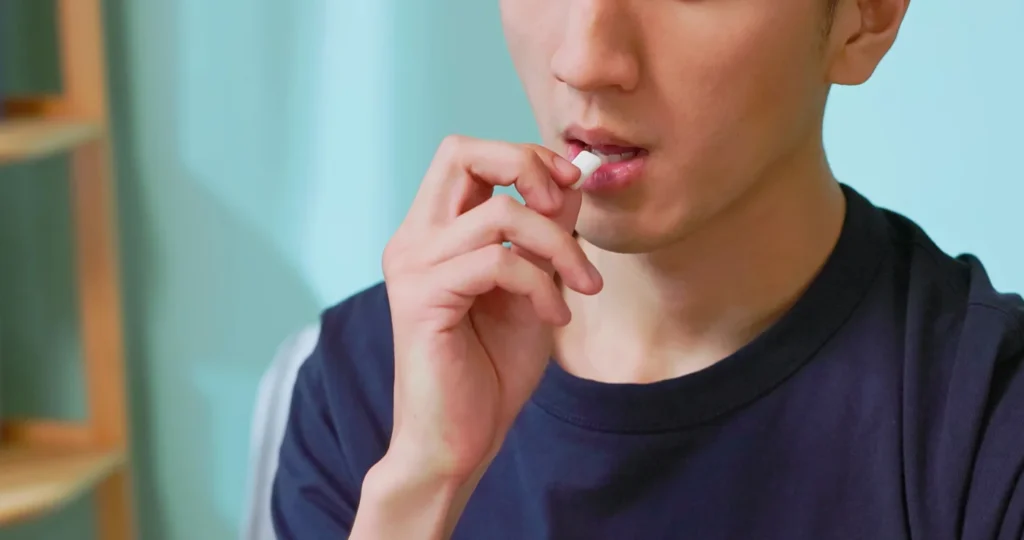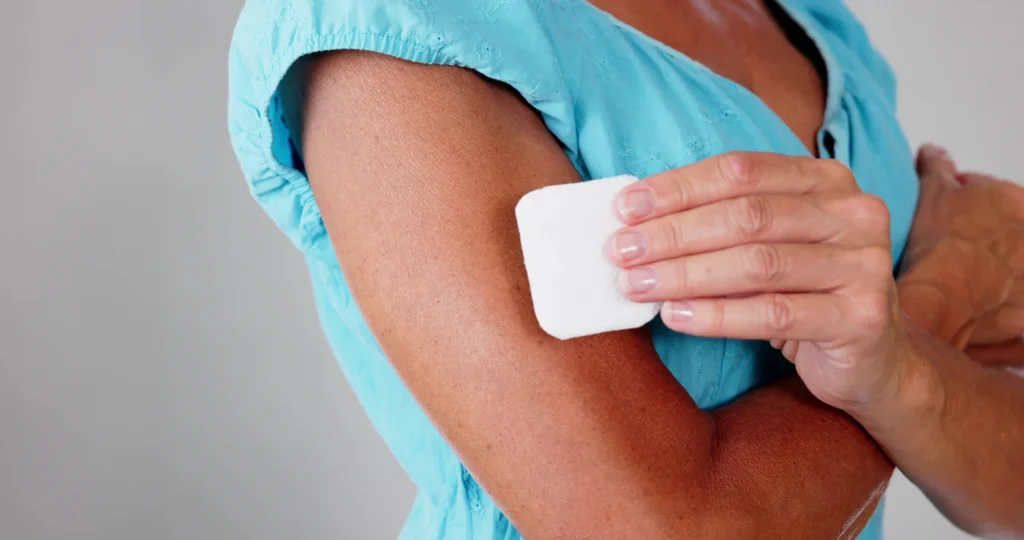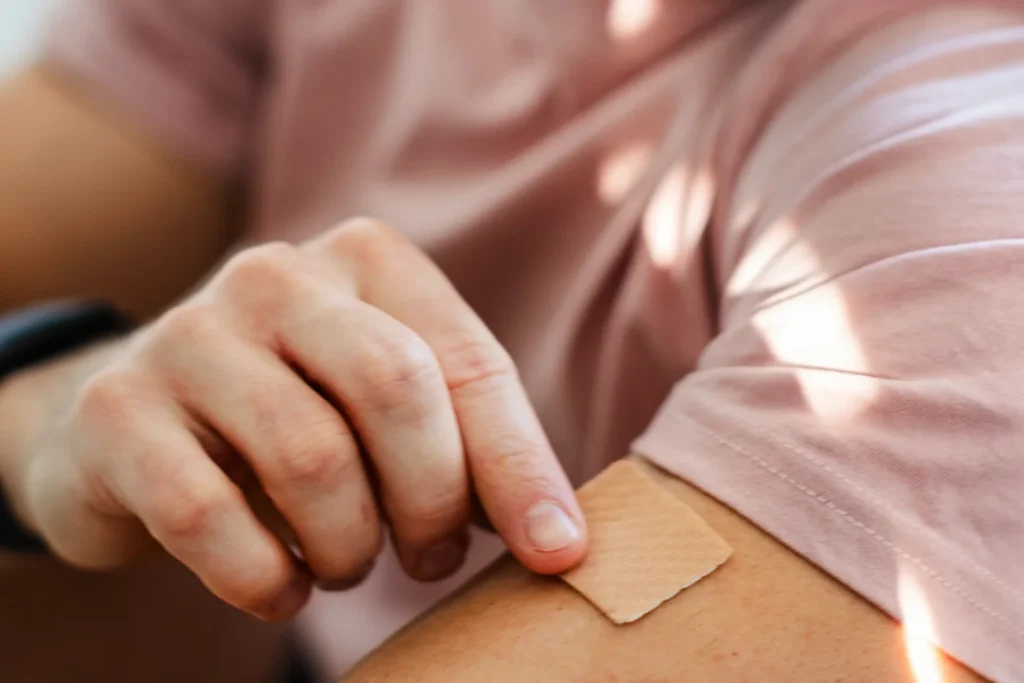Stop smoking aids


Your guide to nicotine replacements
Nicotine replacement therapy (NRT) helps you manage nicotine cravings without the harmful chemicals found in cigarettes.
Our advisors can help you select the right NRT product and how to use it effectively. The goal with NRT is to gradually reduce your nicotine intake and move closer to a smoke free life.
Types of nicotine replacement products

Nicotine patches
Patches provide a steady release of nicotine through your skin throughout the day. These patches look like small square bandages that discreetly stick to your skin, offering a slow, controlled release to help manage cravings.

Oral nicotine replacements
These are fast-acting options such as nicotine gum, lozenges, inhalators, micro tabs, nasal sprays and mouth sprays. These options provide a quick nicotine boost and are often used alongside patches to manage intense cravings.

Vaping as a tool to quit smoking
Vaping (or e-cigarettes) is an effective tool for those looking to quit smoking. For smokers, switching to a regulated vape is significantly less harmful than continuing to smoke tobacco. While vaping poses only a fraction of the health risks associated with smoking, it’s not entirely risk free. Vaping is recommended only as a temporary tool to support your journey to a smoke free life. You can read more about the reasons why we use vapes in our stop smoking programmes through this document.
They allow you to inhale nicotine in vapour form rather than smoke, mimicking the hand to mouth action of smoking. They can provide familiar sensations, like the ‘throat hit’ (the kick in the back of your throat), making it feel closer to smoking. Many people find this similarity helpful as they work towards quitting.
The goal with vaping, is to gradually reduce its use over time as part of your smoke free plan. Some people choose to combine vaping with nicotine patches to help control cravings, especially in challenging moments or when cravings hit hard.
If you’re not a smoker, vaping isn’t recommended. It is intended as a smoking reduction tool to help current smokers quit. Young people are also advised to avoid vaping.
If you are currently vaping and would like tips on quitting, you can read more hints and tips in our vaping guide.
Medication options to help you quit
Prescription medications can help reduce nicotine cravings. Your stop smoking advisor can ask your GP to prescribe medications, which can be picked up at a local pharmacy. It’s essential to review any potential side effects and discuss any questions with your GP and to read all usage instructions found within the medicine packaging.
These may include Varenicline, Cytisine and Brupropion (Zyban). They work by altering your brains response to nicotine, reducing cravings and making smoking less satisfying.
Ready to quit?
Taking the first step to quit smoking is easier with the right support. Find out if you are eligible today.
Please note, our service does not currently provide support to stop vaping (unless you are using or about to start using home oxygen), however, we have a self-help guide to help you quit, advice for young people and guidance for parents and carers.